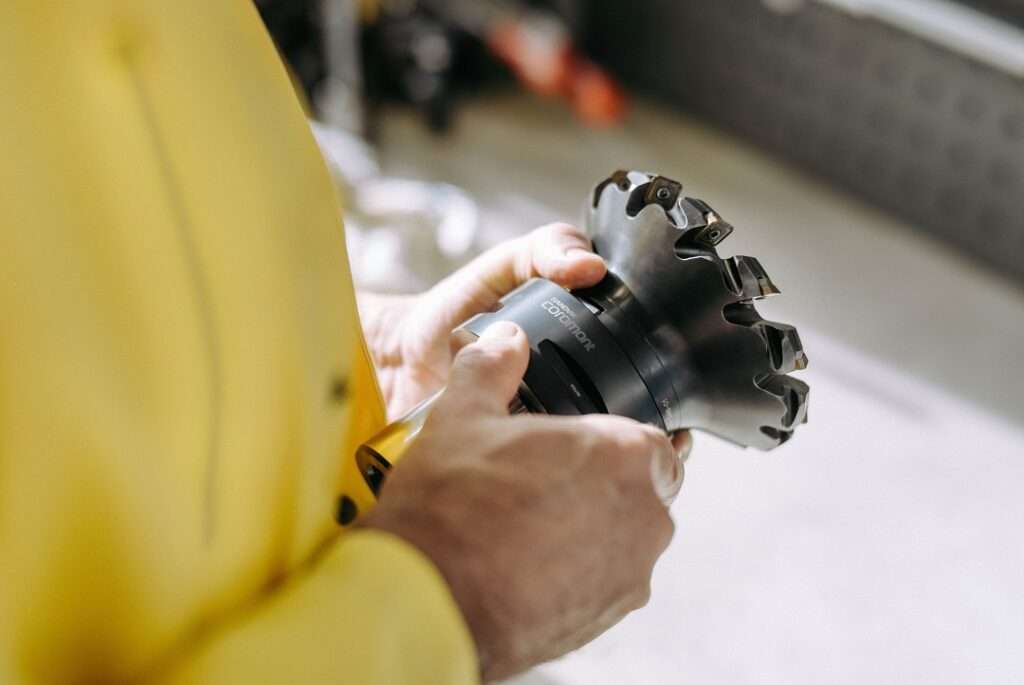Wind turbines spinning in the Thar Desert of India generate essential green energy for the world’s most populous nation. However, for those who live in their shadow, this progress comes at a significant personal cost. This situation highlights the delicate balance India must navigate as it attempts to expand its non-fossil fuel capacity to address the escalating impacts of climate change.
As the third-largest emitter of greenhouse gases, India’s push to reduce reliance on fossil fuels has become increasingly urgent. “The large corporations have arrived, erected these wind turbines, but they hold no value for us,” lamented Nena Ram, a 65-year-old livestock herder whose traditional way of life has been disrupted by the enormous structures.
The country is grappling with the increasing severity of heatwaves, floods, and droughts, which climate scientists attribute to the global rise in temperatures. Yet, the communities living in areas designated for renewable energy development feel their needs have been disregarded in favor of the broader environmental agenda.
In the western state of Rajasthan, where much of the Thar Desert is located, this has meant the loss of grazing lands and damage to sacred groves known as “orans.” These desert oases, preserved by the community for generations, collect vital water that sustains their livestock-centered economy, which relies on camels, cattle, and goats.
However, herders report that the heavy construction vehicles involved in wind farm development have damaged these crucial water sources, further diminishing grasslands and accelerating desertification. The contribution of farmers like Ram to greenhouse gas emissions is minimal, especially when compared to the pollution generated by India’s coal-dependent heavy industries.
However, these farmers find themselves caught between the devastating effects of climate change and the impact of the mitigation efforts intended to combat it. The arid landscapes around Jaisalmer district in Rajasthan are now dotted with hundreds of wind turbines, forming one of the largest onshore wind farms in India.
Rajasthan alone has the potential to generate five gigawatts (GW) of wind power for the national grid, according to government data. Many of these turbines are owned by large Indian conglomerates, including the Adani Group and Suzlon. These companies claim they are contributing to India’s national goal of transitioning to renewable energy while also supporting local communities affected by the construction.
Suzlon, for instance, states that it provides “sustainable development to the villages surrounding its wind farms,” offering support for health, education, and livestock. Adani asserts its “deep commitment” to the community, backing initiatives such as schools and clean water programs. Yet, farmers express deep frustration, pointing out that the turbines were installed on land traditionally used for grazing.
The result has been a noticeable decline in milk production, a critical part of their livelihood. “The burden falls on the farmers,” said Jitendra Kumar, who works at a local health clinic. “Their land was taken, and now the wind turbines occupy spaces that were once meant for cattle grazing.”
Across the deserts of Jaisalmer, a district that is home to about 670,000 people according to the latest census, power lines now crisscross the landscape. Despite this, the district suffers from frequent power outages, sometimes lasting for days. Residents claim that the electricity generated by the turbines is primarily directed to meet the soaring demand in industrial centers and large cities, leaving them in the dark.
“We are living in darkness,” said Sumer Singh Bhati, a local environmental activist. “We barely have electricity for two hours a day… We are desperate for light.” Power outages are particularly unbearable during the summer when temperatures can soar to a blistering 50 degrees Celsius (122 degrees Fahrenheit).
This year, India endured its longest recorded heatwave, according to government meteorologists, who warn that increasingly oppressive temperatures will become more frequent in the future. India has set an ambitious target to increase its non-fossil fuel power capacity to 500 GW by 2030 and is committed to achieving a net-zero emissions economy by 2070, a timeline that is two decades behind most industrialized nations.
Renewable energy installations are being developed at an unprecedented pace, with capacity rising from 76 GW to 203 GW over the past decade, according to official statistics. Wind power accounts for roughly a quarter of this capacity. However, achieving the 500 GW renewable energy target will require expansion on a vast scale.
But for the villagers living near the towering turbines, such statistics offer little comfort. They describe the structures as an “invasion of the white giants.” Environmentalists argue that while outsiders may view the desert as a barren wasteland, it is actually a region rich in biodiversity. For example, the critically endangered Great Indian Bustard, a species revered locally, is now teetering on the brink of extinction. The once-common giant brown-and-white birds frequently collide with the network of overhead power lines.
Parth Jagani, an environmental activist based in Jaisalmer, noted that the bird’s population has dramatically declined over the past 25 years, with only about 150 individuals remaining nationwide. “Once the wind turbines and high-voltage power lines were installed, their mortality rate increased,” Jagani explained.
In 2021, India’s Supreme Court ordered that power lines be buried underground in key bird breeding areas. However, the government successfully appealed the decision, arguing that it would impede the progress of renewable energy projects. Villagers have since erected a memorial for the bird, featuring a statue of a lone bustard. “If our birds and animals are taken from us, what will we do?” Ram asked, gently stroking his long grey mustache. “How will we survive?”







